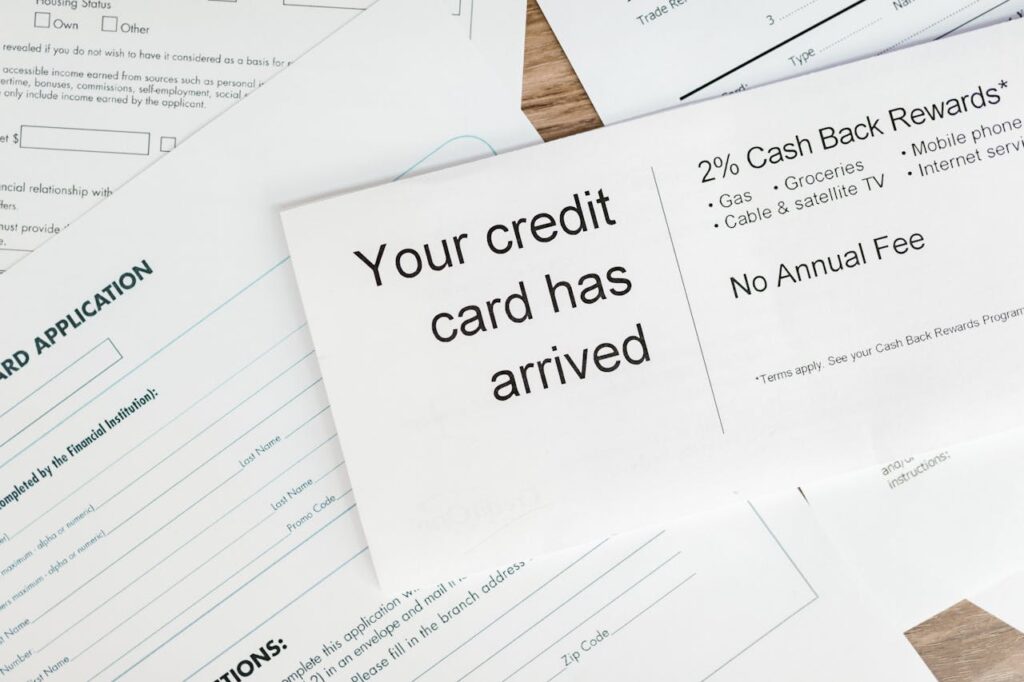In the pursuit of financial freedom, managing debts such as credit card balances and student loans is paramount. These forms of debt, if not strategically addressed, can impede your financial progress. This article explores effective strategies for planning and managing credit card debt and student loans, drawing on insights from authoritative U.S. financial platforms.
Understanding the Debt Landscape
As of recent data, U.S. consumer credit card debt has reached unprecedented levels, with total balances exceeding $930 billion. Concurrently, student loan debt has surpassed $1.7 trillion, affecting approximately 45 million borrowers. These statistics highlight the critical need for effective debt management strategies.
Assessing Your Financial Situation
Begin by conducting a thorough assessment of your financial health. List all debts, including credit card balances and student loans, noting interest rates, minimum payments, and outstanding balances. This clarity allows for informed decision-making regarding debt repayment prioritization.

Developing a Comprehensive Budget
Creating a detailed budget is foundational to effective debt management. Allocate specific amounts for essential expenses, debt repayments, and savings. A well-structured budget helps identify discretionary spending areas that can be reduced, freeing up funds for debt repayment.
Prioritizing Debt Repayment
Strategically prioritize debts to minimize interest payments and accelerate debt freedom. For credit cards, focus on paying off those with the highest interest rates first, while making minimum payments on others. This approach reduces the overall interest paid over time. For student loans, consider the following options:
- Income-Driven Repayment Plans: These plans adjust monthly payments based on income and family size, potentially lowering payments and extending loan terms.
- Public Service Loan Forgiveness (PSLF): For borrowers employed in qualifying public service jobs, PSLF offers loan forgiveness after 120 qualifying payments.
- Refinancing: Refinancing federal and private student loans can secure lower interest rates, though it may result in the loss of federal protections.
Exploring Debt Consolidation and Refinancing
Debt consolidation combines multiple debts into a single loan with a potentially lower interest rate, simplifying payments. Refinancing involves replacing existing loans with a new loan at a lower interest rate. Both options can lead to cost savings but require careful consideration of terms and potential fees.
Building an Emergency Fund
Establishing an emergency fund is crucial to avoid accumulating additional debt when unexpected expenses arise. Aim to save at least three to six months’ worth of living expenses. This financial cushion provides stability and supports consistent debt repayment.

Seeking Professional Financial Advice
If managing debt becomes overwhelming, consider consulting with financial advisors or credit counseling services. These professionals offer personalized guidance, helping you navigate complex financial situations and develop effective debt management plans.
Staying Informed
Keep abreast of economic developments and policy changes that may impact your financial situation. Understanding changes in interest rates, inflation, and employment trends can inform decisions about debt management and financial planning.
Effectively managing credit card debt and student loans requires a proactive, informed approach. By assessing your financial situation, developing a comprehensive budget, prioritizing debt repayment, exploring consolidation and refinancing options, building an emergency fund, seeking professional advice, and staying informed, you can accelerate your journey toward financial freedom. Remember, achieving financial independence is a marathon, not a sprint; consistent effort and strategic planning are key.



